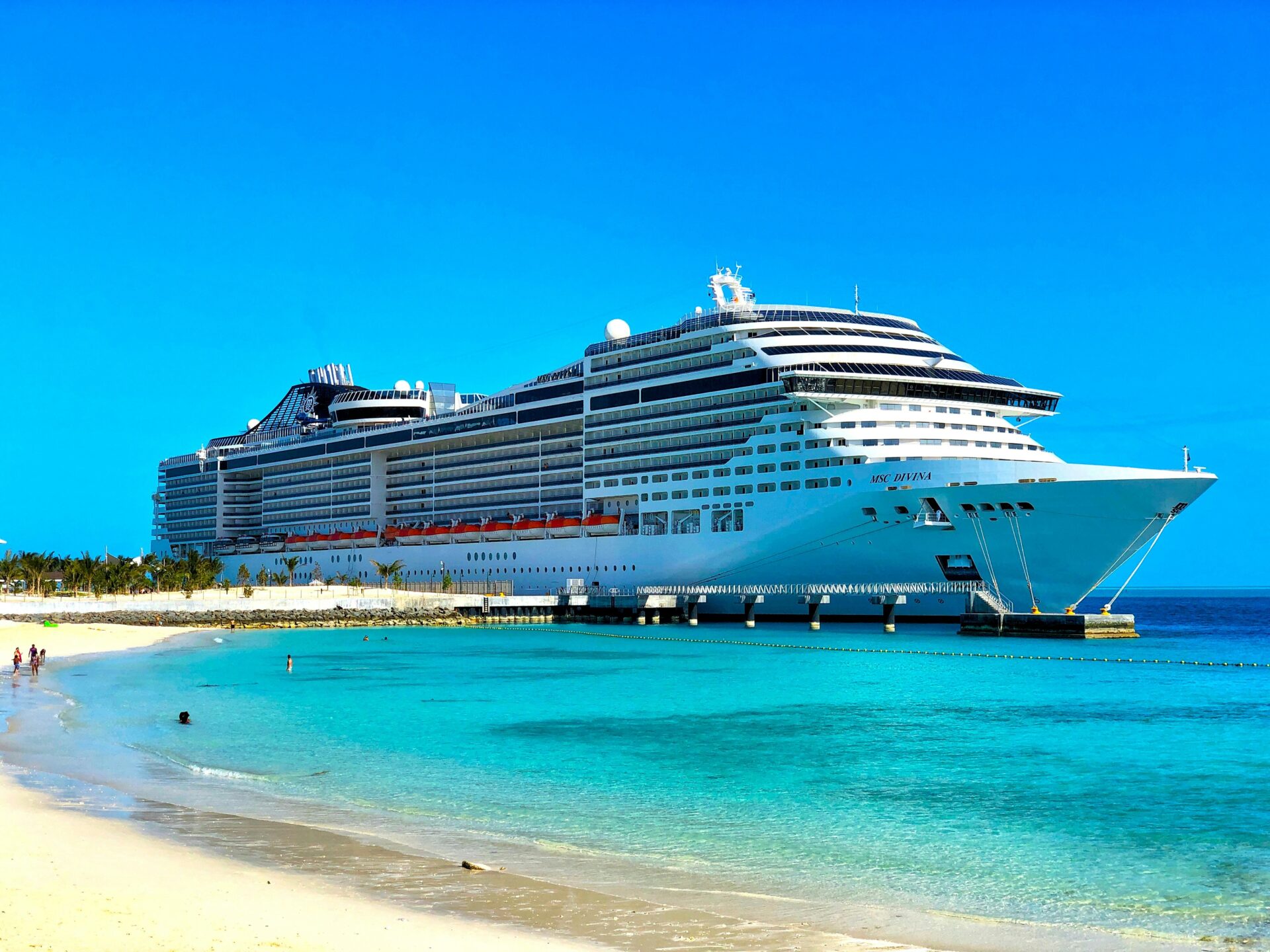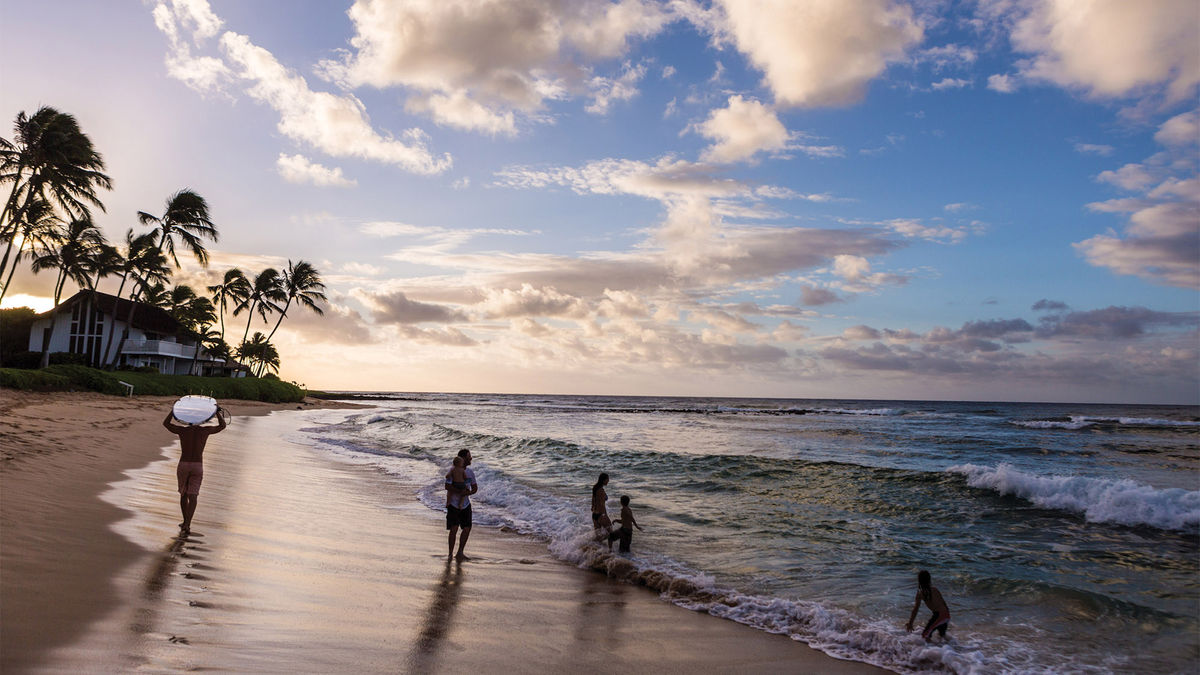Few places encapsulate charm and livability quite like Copenhagen. According to the 2024 Readers’ Choice Awards, the city was recognized amongst the finest globally, and having experienced it firsthand during a solo adventure in the summer of 2021, one can hardly dispute that accolade. Its tranquil, welcoming atmosphere engulfed me immediately upon arrival, stirring a connection that felt eerily like home despite being an entirely unfamiliar environment.
Transportation around the city was a breeze and integral to my immersion into local lifestyle. A convenient 30-minute bus ride from the airport served as my maiden journey, and ever since, the bus remains a preferred mode of commuting, offering a unique perspective of Copenhagen’s evolution over time. The city’s public transportation system operates 24/7 and encompasses not only buses but also one of the world’s most efficient metros, due to launch a light rail line connecting the north and west in 2025.
However, beyond these traditional forms of transit is the city’s most enduring symbol: the bicycle. Bikes whizzing past at every turn have become a quintessential piece of Copenhagen’s identity, catalyzing a shift towards bike-centric, climate-friendly mobility over the past few decades. This transition is not just prevalent within the city borders; it trickles across the nation, with Denmark announcing a $458 million plan in 2022 to construct more bike lanes and enhance the existing 239-mile expanse within Copenhagen.
The joy of cycling in Copenhagen extends beyond practicality. It displays the harmonious blend of spontaneity, efficiency, and style that Danish culture embodies. From professionals commuting to work to children cycling for school runs, the ubiquity of bikes reflects the city’s seamless urban life. In essence, biking is not merely a transportation means in Copenhagen—it’s a way of life.
But those who prefer to experience Copenhagen on foot are not left behind. With easily navigable pedestrian pathways and scenic topography, exploring leisurely could entail snacking on cardamom snurrer in an Østerbro bakery, browsing through Frederiksstaden’s design shops, taking a refreshing dip at a harbor swimming spot, and ending the day with biodynamic wine in Christianshavn. The city’s architects and future-facing planners make this effortless navigation possible, transforming the harbor regions into vibrant public spaces. Innovations like the six-garden Opera Park and the hotel, shopping, and dining facilities on the renewed industrial district, Paper Island, attest to this transformation.
The waterfront district in Nordhavn is also undergoing significant changes, with plans to evolve into a carbon-neutral city-within-a-city linked by canals and green corridors. Additionally, the Bjarke Ingels-designed power plant, CopenHill, offers unique skiing experiences, celebrating the city’s commitment to an accessible and low-impact lifestyle. To encourage eco-friendly practices amongst visitors, the city announced some sweet rewards, including free ice cream, wine, and ski turns in exchange for walking and public transit usage.
Accessibility is further boosted by new direct routes from Philadelphia and Atlanta recently launched by American Airlines and SAS. Visiting this breathtaking city has never been more straightforward. However, a crucial piece of advice for intending visitors: learn the biking etiquette! As a wise Danish friend once said, “Whatever you do, please don’t cycle like a tourist.”




